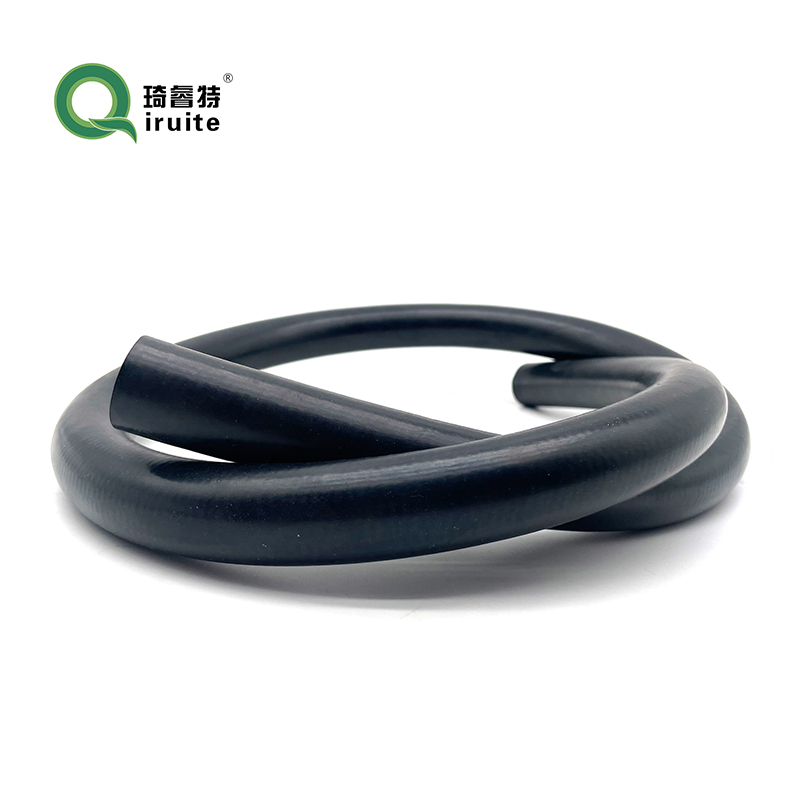honda power steering hose replacement
Honda Power Steering Hose Replacement A Comprehensive Guide
Power steering is a crucial component of any vehicle, including various Honda models. It allows drivers to steer with ease, enhancing both comfort and control. However, as with any component of a vehicle, power steering system elements can wear out over time, requiring replacement. One common maintenance task is replacing the power steering hose. This article will guide you through the process of replacing the power steering hose in your Honda vehicle.
What is a Power Steering Hose?
Power steering hoses play a vital role in transporting fluid from the power steering pump to the steering gear. There are generally two types of hoses the high-pressure hose, which carries fluid from the pump, and the return hose, which returns fluid to the reservoir. Over time, these hoses can become brittle, cracked, or damaged, leading to fluid leaks and compromised steering performance.
Signs of a Failing Power Steering Hose
Before you embark on a replacement, it's important to recognize the signs that indicate a failing power steering hose. If you notice a steering wheel that feels stiff, whining noises when turning, or visible fluid leaks beneath your car, it's time to investigate further. A leaking power steering hose can lead to a lack of fluid, which may ultimately damage the power steering pump.
Tools Needed
To replace the power steering hose, gather the following tools
1. Socket wrench set 2. Pliers 3. Screwdrivers (flathead and Phillips) 4. New power steering hose (specific to your Honda model) 5. Power steering fluid 6. Clean rags for wiping up spills
Step-by-Step Replacement Process
honda power steering hose replacement

1. Prepare Your Vehicle Park your Honda on a flat surface and engage the parking brake. It's advisable to lift the front of the car with jack stands for better access.
2. Locate the Power Steering Hose Open the hood and identify the power steering pump and the associated hoses. Depending on the model, they may be located near the engine or the front of the vehicle.
3. Drain the Fluid Before removing the hose, place a drain pan under the power steering pump to catch any fluid that may leak out. Turn the steering wheel to help drain the fluid from the system.
4. Remove the Old Hose Using a socket wrench, loosen the clamps securing the power steering hose to the pump and steering gear. Carefully detach the hose, being mindful of any remaining fluid.
5. Install the New Hose Take the new power steering hose and connect it to the pump and steering gear. Ensure that the clamps are tightened securely to prevent leaks.
6. Refill Power Steering Fluid Once the new hose is in place, refill the power steering reservoir with the appropriate fluid recommended for your Honda model.
7. Check for Leaks Start the engine and turn the steering wheel from lock to lock a few times. This action helps circulate the fluid and release any air bubbles. Check for leaks around the new hose and connections.
8. Dispose of Old Fluid Properly Don’t forget to dispose of the old power steering fluid in an environmentally friendly manner.
Conclusion
Replacing the power steering hose in your Honda may seem daunting, but with the right tools and guidance, it can be a manageable task. Regular maintenance, including hose inspections, can extend the life of your vehicle's power steering system and ensure a safer driving experience. Always consult your owner’s manual for specific recommendations and service intervals to keep your Honda in top condition.
-
Ultimate Spiral Protection for Hoses & CablesNewsJun.26,2025
-
The Ultimate Quick-Connect Solutions for Every NeedNewsJun.26,2025
-
SAE J1401 Brake Hose: Reliable Choice for Safe BrakingNewsJun.26,2025
-
Reliable J2064 A/C Hoses for Real-World Cooling NeedsNewsJun.26,2025
-
Heavy-Duty Sewer Jetting Hoses Built to LastNewsJun.26,2025
-
Fix Power Steering Tube Leaks Fast – Durable & Affordable SolutionNewsJun.26,2025

